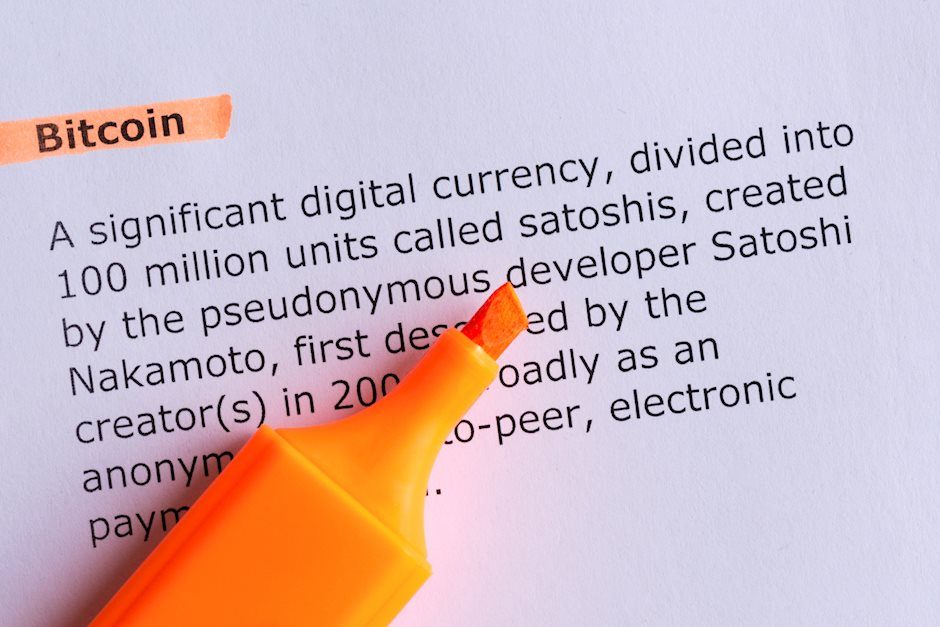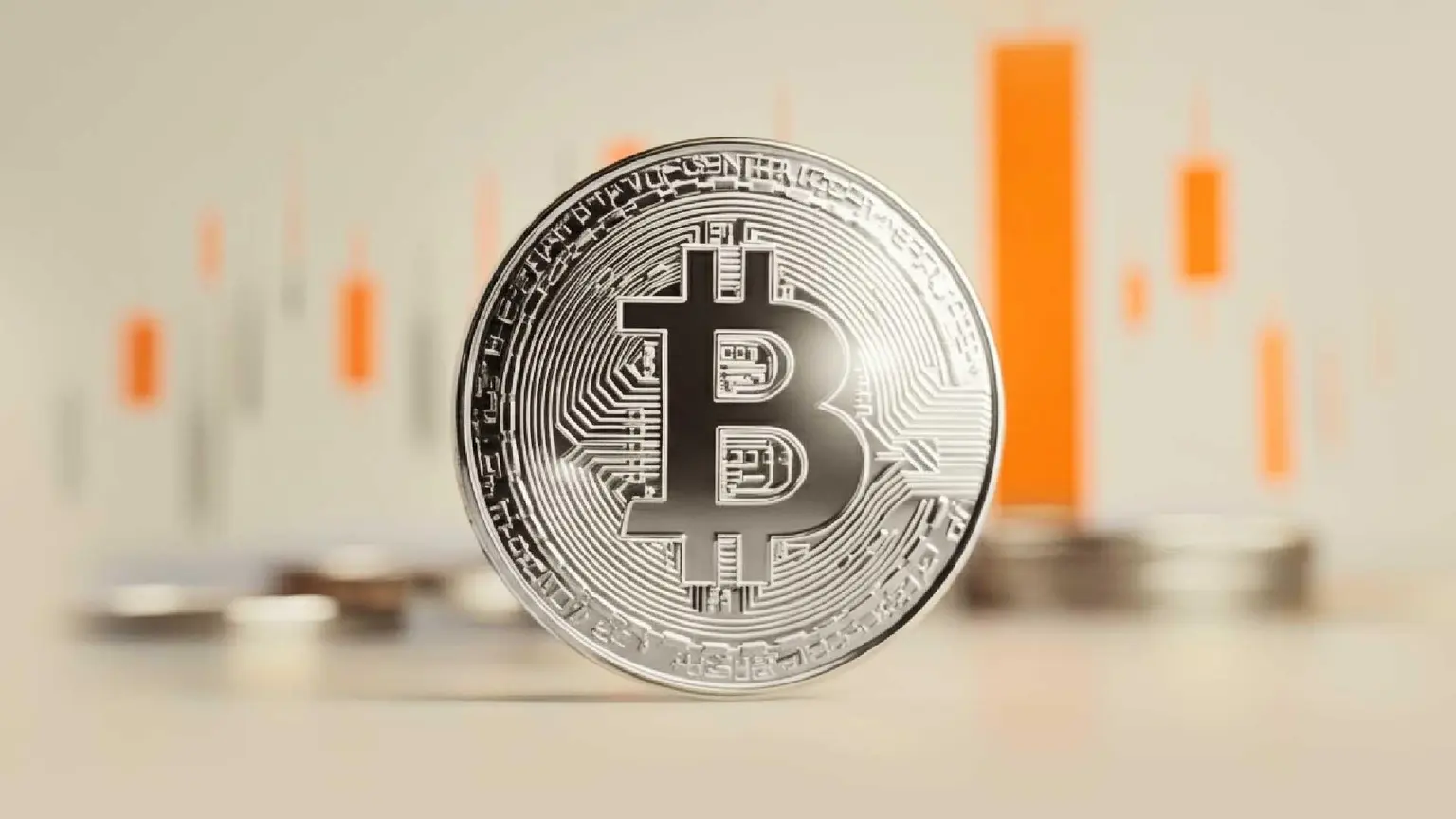How Bitcoin whales make a splash in markets and move prices

Are the Whales selling in this bear market? A deep dive into the on-chain data of whales.
Deriving their names from the size of the massive mammals swimming around the earth’s oceans, cryptocurrency whales refer to individuals or entities that hold large amounts of cryptocurrency.
In the case of Bitcoin (BTC), someone can be considered a whale if they hold over 1,000 BTC, and there are less than 2,500 of them out there. As Bitcoin addresses are pseudonymous, it is ofte difficult to ascertain who owns any wallet.
While many associates the term “whale” with some lucky early adopters of Bitcoin, not all whales are the same, indeed. There are several different categories:
Exchanges: Since the mass adoption of cryptocurrencies, crypto exchanges have become some of the biggest whale wallets as they hold large amounts of crypto on their order books.
Institutions and corporations: Under CEO Michael Saylor, software firm MicroStrategy has come to hold over 130,000 BTC. Other publically-traded companies such as Square and Tesla have also bought up large hoards of Bitcoin. Countries like El Salvador have also purchased a considerable amount of Bitcoin to add to their cash reserves. There are custodians like Greyscale who hold Bitcoins on behalf of large investors.
Individuals: Many whales bought Bitcoin early when its price was much lower than today. The founders of the crypto exchange Gemini, Cameron and Tyler Winklevoss, invested $11 million in Bitcoin in 2013 at $141 per coin, buying over 78,000 BTC. American venture capitalist Tim Draper bought 29,656 BTC at $632 apiece at a United States Marshal’s Service auction. Digital Currency Group founder and CEO Barry Silbert attended the same auction and acquired 48,000 BTC.
Wrapped BTC: Currently, over 236,000 BTC is wrapped in the Wrapped Bitcoin (wBTC) ERC-20 token. These wBTCs are mostly kept with custodians who maintain the 1:1 peg with Bitcoin.
Satoshi Nakamoto: The mysterious and unknown creator of Bitcoin deserves a category of his own. It’s estimated that Satoshi may have over 1 million BTC. Although there is no single wallet that has 1 million BTC, using on-chain data shows that of the first 1.8 million or so BTC first created, 63% have never been spent, making Satoshi a multi-billionaire.
Centralization within the decentralized world
Critics of the crypto ecosystem say that whales make this space centralized, maybe even more centralized than the traditional financial markets. A Bloomberg report claimed that 2% of accounts controlled over 95% of Bitcoin. Estimates state that the top 1% of the world control 50% of the global wealth, which means that the inequality of wealth in Bitcoin is more prevalent than in traditional financial systems: an accusation that breaks the notion that Bitcoin can potentially break centralized hegemonies.
The charge of centralization in the Bitcoin ecosystem has dire consequences that can potentially make the crypto market easily manipulatable.
However, insights from Glassnode show that these numbers seem to be exaggerated and don’t take the nature of addresses into account. There might be some degree of centralization, but that may be a function of free markets. Especially when there are no market regulations and some whales understand and trust Bitcoin more than the average retail investor, this centralization is bound to occur.
The “sell wall”
Sometimes, a whale puts up a massive order to sell a huge chunk of their Bitcoin. They keep the price lower than other sell orders. That causes volatility, resulting in the general reduction of the real-time prices of Bitcoin. This is followed by a chain reaction where people panic and start selling their Bitcoin at a cheaper price.
The BTC price will only stabilize when the whale pulls their large sell orders. So, now the price is where the whales want it to be so they can accumulate more coins at their desired price point. The following tactic is known as a “sell wall.”
The opposite of this tactic is known as the Fear of Missing Out, or the FOMO, tactic. This is when whales put massive buy pressure on the market at higher prices than with current demand, which forces bidders to raise the price of their bids so they sell orders and fill their buy orders. However, this tactic needs substantial amounts of capital that aren’t required to pull off a sell wall.
Watching the selling and buying patterns of whales can sometimes be good indicators of price movements. There are websites like Whalemap that are dedicated to tracking every metric of whales and Twitter handles like Whale Alert, which has been a guide for Twitter users around the world to stay updated on whale movements.
When a whale makes a splash
Sixty-four of the top 100 addresses have yet to withdraw or transfer any Bitcoin, showing that the biggest whales might be the biggest hodlers in the ecosystem, ostensibly because of the profitability of their investment.
The evidence that whales mostly stay profitable is clear from the above graph. When calculated for a 30-day moving average, for the past decade, whales have remained profitable for over 70% of the time. In many ways, their trust in Bitcoin is what fortifies the price action. Being profitable (month-on-month in this case) during most of their investment period helps reinforce their faith in the hodl strategy.
Even in 2022, one of the most bearish years in the history of Bitcoin, exchange balances have gone down, showing that most HODLers are stocking up on their Bitcoin. Most seasoned crypto investors refrain from keeping their long-term Bitcoin investments in exchanges, using cold wallets for hodling.
Kabir Seth, the founder of Speedbox and a long-term Bitcoin investor, told Cointelegraph:
Most whales have seen multiple market cycles of Bitcoin to have the patience to wait for the next one. In the Bitcoin ecosystem now, the faith of whales is reinforced by the macroeconomics of inflation and more recently, the correlation with the stock markets. On-chain data of whale wallets show that most of them are hodlers. The ones that have come during this market cycle have not made realized profits to be selling. There is no reason to believe that whales will abandon the Bitcoin ship, especially when there is an economic fear of an impending recession looming.
Kabir’s point on macroeconomics and correlation with the stock market can be observed in the graph below, which shows that since the last market cycle in early 2018, Bitcoin has closely followed traditional investment assets.
The silver lining in this trend is that Bitcoin has entered the mainstream in terms of consumer sentiment, changing its reputation of being a peripheral asset. On the other hand, a 0.6 Pearson correlation with the S&P 500 in no way means a hedge against the traditional markets. Other experts within the crypto ecosystem also seem to be frustrated with this trend.
The correlation with the stock markets is annoying.
— Michaël van de Poppe (@CryptoMichNL) June 7, 2022
Broader macroeconomics might be an important reason for the correlation between stocks and Bitcoin. The past couple of years saw inflows of funds to stock markets that were unparalleled in history. There are theories that in an elongated bear market or in terms of financial catastrophes, the correlation with the stock market might break.
What does it mean when a whale sells?
Although, just looking at the on-chain data for the past three months shows that the number of whale wallets decreased by almost 10%. However, there has been a corresponding increase in wallets that own from 1 BTC to 1,000 BTC. The whales seem to be derisking their positions and the bigger retail investors have been accumulating in turn, providing liquidity to the whales. The historical trend shows that whenever this occurs, there will be a short-term decrease in Bitcoin prices which will eventually lead to whales starting to aggressively accumulate more.
When asked about the very recent whale sell-off, Seth said:
It’s almost inevitable that there will be some a period of a few weeks when the Whales will start selling. This is the mechanics of market movements. Currently, the broader market sentiment of Bitcoin is that the Bottom is in. There are sentiment analysis tools to confirm this. Some whales might be playing against this trend, in turn creating a bigger panic in the market. If there is a major sell-off now, Bitcoin prices might tank as the retail support will break. Only whales will have the liquidity to accumulate then.
What the market can learn from Kabir’s point and the whales is that the future of Bitcoin is where one’s bet should be. Locally, the sentiments can be manipulated and the prices can be influenced. However, in the long run, when the dust settles, hodlers will prevail.
Author

Cointelegraph Team
Cointelegraph
We are privileged enough to work with the best and brightest in Bitcoin.







